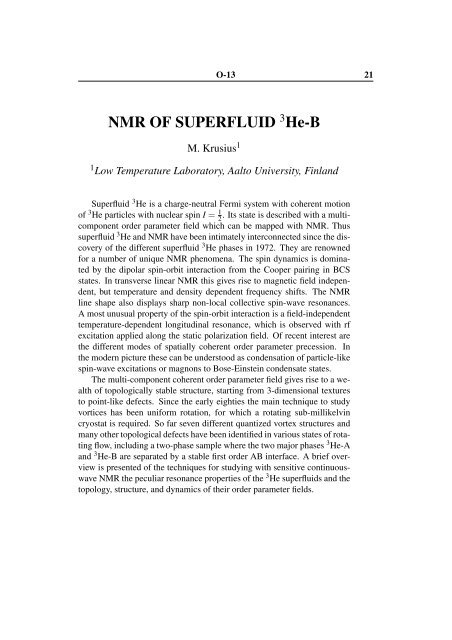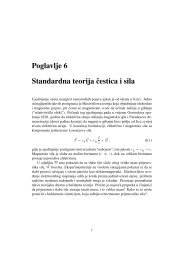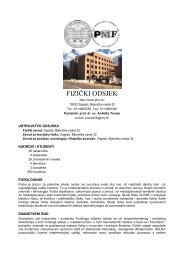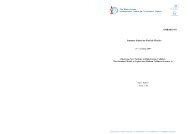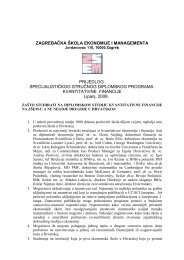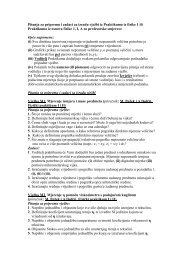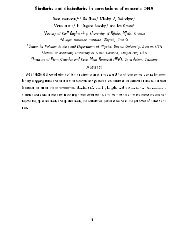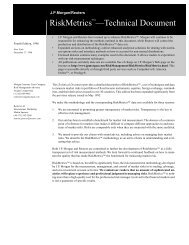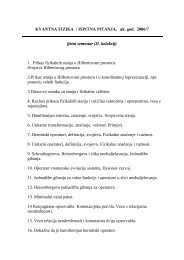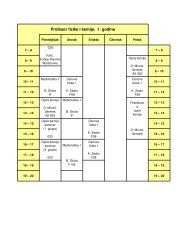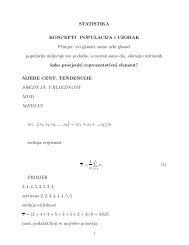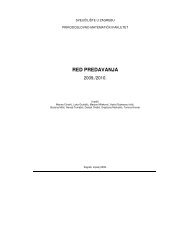Abstract book - phy
Abstract book - phy
Abstract book - phy
Create successful ePaper yourself
Turn your PDF publications into a flip-book with our unique Google optimized e-Paper software.
O-13 21<br />
NMR OF SUPERFLUID 3 He-B<br />
M. Krusius 1<br />
1 Low Temperature Laboratory, Aalto University, Finland<br />
Superfluid 3 He is a charge-neutral Fermi system with coherent motion<br />
of 3 He particles with nuclear spin I = 1 2<br />
. Its state is described with a multicomponent<br />
order parameter field which can be mapped with NMR. Thus<br />
superfluid 3 He and NMR have been intimately interconnected since the discovery<br />
of the different superfluid 3 He phases in 1972. They are renowned<br />
for a number of unique NMR phenomena. The spin dynamics is dominated<br />
by the dipolar spin-orbit interaction from the Cooper pairing in BCS<br />
states. In transverse linear NMR this gives rise to magnetic field independent,<br />
but temperature and density dependent frequency shifts. The NMR<br />
line shape also displays sharp non-local collective spin-wave resonances.<br />
A most unusual property of the spin-orbit interaction is a field-independent<br />
temperature-dependent longitudinal resonance, which is observed with rf<br />
excitation applied along the static polarization field. Of recent interest are<br />
the different modes of spatially coherent order parameter precession. In<br />
the modern picture these can be understood as condensation of particle-like<br />
spin-wave excitations or magnons to Bose-Einstein condensate states.<br />
The multi-component coherent order parameter field gives rise to a wealth<br />
of topologically stable structure, starting from 3-dimensional textures<br />
to point-like defects. Since the early eighties the main technique to study<br />
vortices has been uniform rotation, for which a rotating sub-millikelvin<br />
cryostat is required. So far seven different quantized vortex structures and<br />
many other topological defects have been identified in various states of rotating<br />
flow, including a two-phase sample where the two major phases 3 He-A<br />
and 3 He-B are separated by a stable first order AB interface. A brief overview<br />
is presented of the techniques for studying with sensitive continuouswave<br />
NMR the peculiar resonance properties of the 3 He superfluids and the<br />
topology, structure, and dynamics of their order parameter fields.


